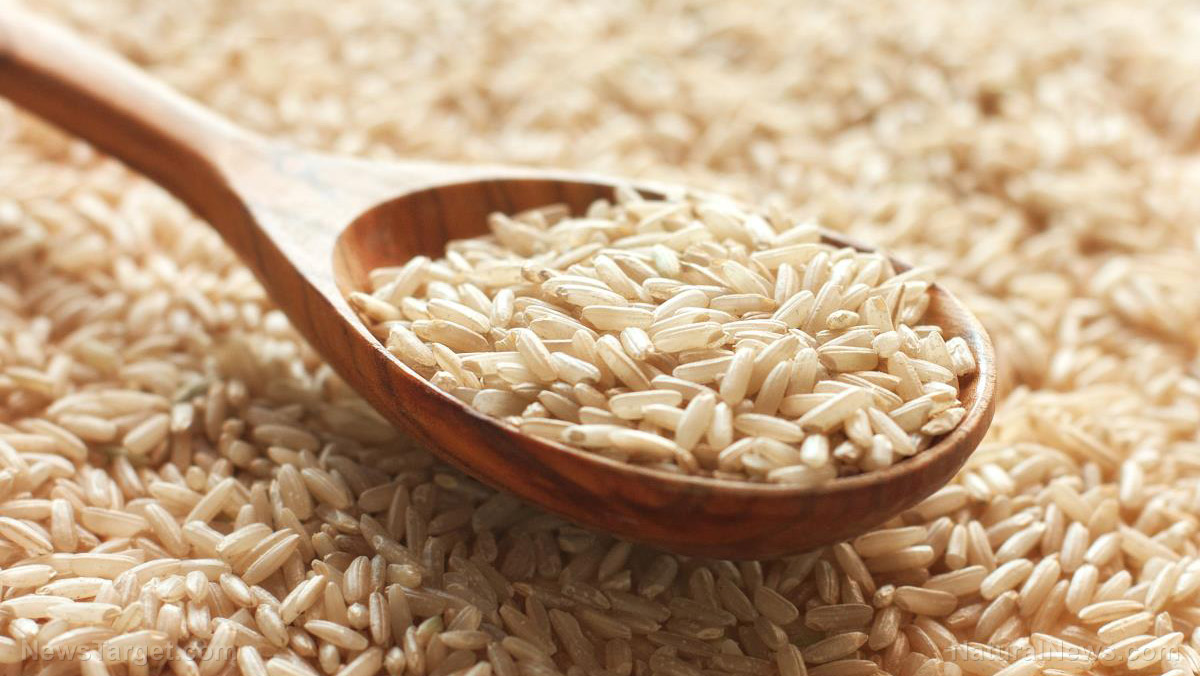
Advertisement
Rice is a staple food all over the world. It is believed to have first been cultivated in China around 12,000 years ago. Today, there are over 40,000 varieties of rice, many of which are processed to remove the bran and germ. The milling process leaves behind a smooth, white shelf-stable product that’s devoid of important nutrients.
But many of those varieties can also be prepared and sold as brown rice. Considered a whole grain, brown rice is less processed than white rice. The only thing removed from brown rice is its outer, inedible hull. But the bran and germ are left intact. This is primarily why brown rice is considered healthier than white rice.
Read on to learn about the nutrients found in brown rice and the health benefits of this whole grain.
Brown rice is a nutritious superfood
Brown rice and white rice are the same grain, just processed differently. Brown rice still has its bran and germ, while white rice doesn’t. There are many varieties of brown rice on the market, each with its own unique flavor and varied concentration of healthy fatty acids.
Brown rice is also relatively low in calories at just 216 calories per cup. Its high fiber content means it can keep you full for longer. It is also gluten-free and contains many important nutrients, such as B vitamins, magnesium and iron.
Here are eight key reasons you should switch to brown rice:
- Controls blood sugar levels – The glycemic index (GI) is a value assigned to foods based on how quickly they cause your blood sugar levels to rise after eating. Brown rice is a low GI food. For better blood sugar control, add brown rice to your diet.
- Promotes normal bowel movement – Brown rice is particularly high in insoluble fiber. This type of fiber keeps your bowels moving to prevent constipation.
- May help prevent obesity – People who eat whole grains like brown rice have been shown repeatedly to weigh less than those who don’t. This could be attributed to the fiber, nutrients and plant compounds found in whole grains. In a 2003 study, researchers concluded that weight gain was inversely associated with the intake of whole grains.
- Elevates mood – Several studies have shown that nursing women experienced a reduction in mood disturbances, depression and fatigue after eating brown rice. Brown rice may also improve the body’s ability to resist stress when consumed during lactation.
- Supports healthy heart function – Brown rice is a good source of magnesium, which is essential for maintaining a healthy heartbeat. If your magnesium levels are low, you’re more likely to be at risk of irregular heartbeats and heart palpitations.
- May help control cholesterol levels – Some studies on rats suggest that brown rice has cholesterol-lowering properties. Because brown rice has no cholesterol, you can also use it in place of any cholesterol-rich foods you’re looking to cut back on in your diet.
- Promotes good-quality sleep – Your body naturally produces melatonin, a key hormone that plays a role in your sleep-wake cycle. You can also get it from foods, particularly brown rice, to fulfill any deficit.
- Maintains healthy bones – Brown rice is loaded with magnesium and manganese, two nutrients that help keep your bones strong and healthy.
How to cook brown rice
Cooking brown rice can be tricky because it still has the bran, which is the hard outer layer of the grain. All too often, many brown rice recipes end in overcooked, mushy rice. In some cases, the grain may still be tough inside despite it looking perfectly cooked on the outside.
This foolproof cooking method yields perfect brown rice every time. You only need water, brown rice and olive oil. This method will work for any type of brown rice as long as it’s not the instant or quick-cooking variety.
- Rinse the rice. Brown rice should be rinsed thoroughly under running water to remove dirt and debris. Rinsing also removes excess starches, which prevent the rice from becoming fluffy when cooked.
- Measure the correct water to rice ratio. Use two cups of water for every cup of brown rice. Add the water and rice to a saucepan and stir in a tablespoon of olive oil.
- Bring the water to a boil. Once boiling, reduce the heat, cover and simmer for 45 minutes or until tender. It’s done when the rice has absorbed all of the water.
- Turn off the heat. Let the rice sit for 10 minutes before removing the lid and fluffing with a fork.
Brown rice is a whole grain linked to several health benefits, which can be attributed to its impressive nutrient profile. To reap the benefits of brown rice, swap it for white rice and incorporate it into soups, grain bowls and casseroles.
Sources:
Advertisements







